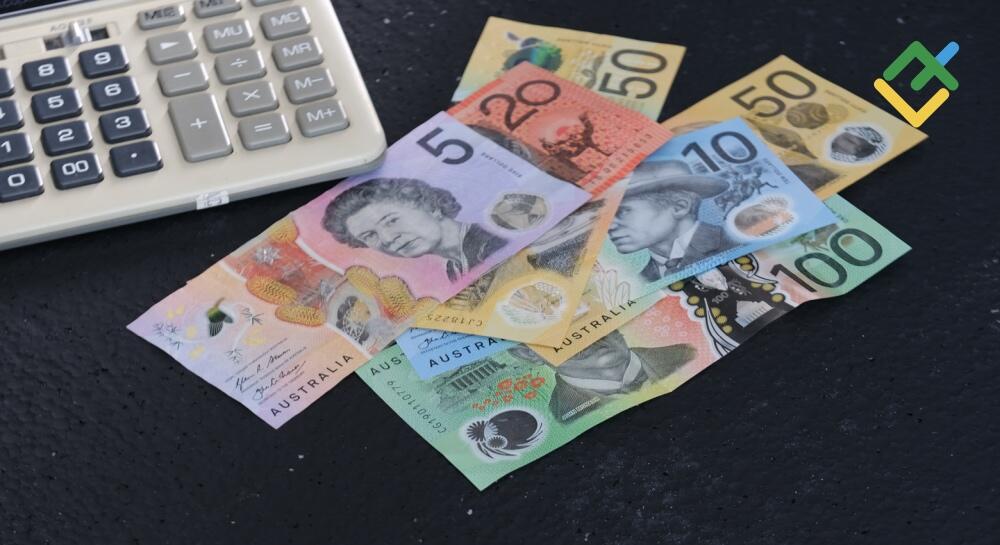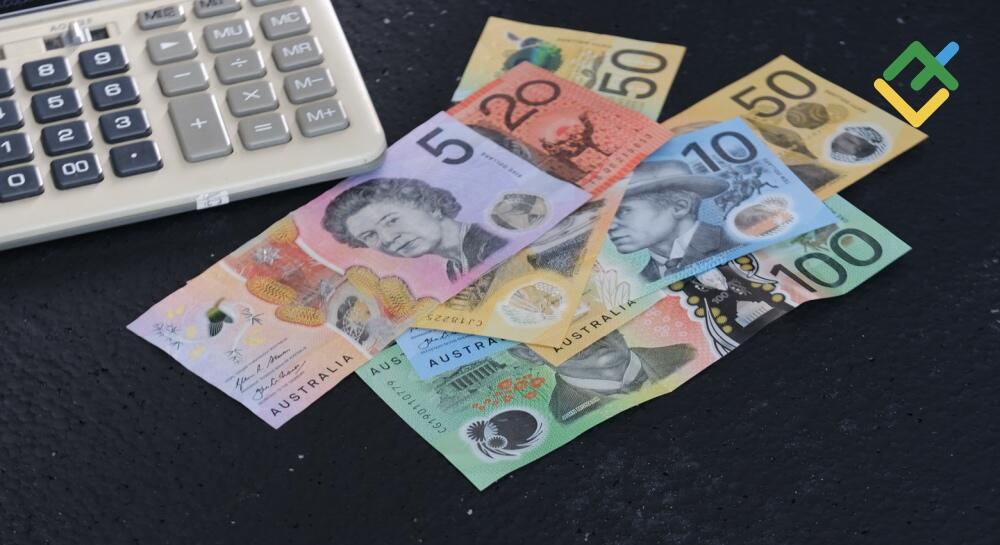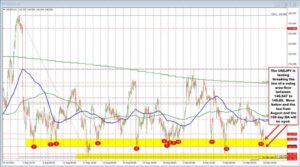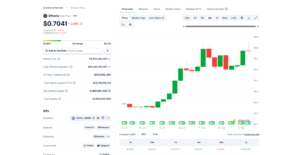Aussie Set For Best Week Since April. Forecast as of 12.09.2025

China’s stimulus measures and the Reserve Bank of Australia’s slower pace of monetary policy easing compared to the Fed have allowed the AUDUSD pair to surge. Let’s discuss this topic and make a trading plan.
The article covers the following subjects:
Major Takeaways
- Divergence in economic growth is supporting the AUDUSD pair.
- China’s stimulus measures boost the aussie.
- Speculators are curtailing short positions on the aussie.
- Long trades on the AUDUSD pair can be opened with targets at 0.676 and 0.684.
Weekly Fundamental Forecast for Australian Dollar
The Australian dollar is slow to start but fast to finish. In July and August, the AUDUSD pair slipped into a prolonged consolidation phase, but it managed to recover rapidly. While the greenback strengthened against European currencies, the yuan’s proxy currencies posted sustainable gains. The different paces of monetary policy and economic growth suggest that the Aussie will likely continue to strengthen.
In the second quarter, Australian GDP expanded by 1.8%, exceeding forecasts. In July, unemployment dropped from 4.3% to 4.2%. Meanwhile, Australia’s labor market looks much better than its American counterpart. Its stability allows the Reserve Bank of Australia to take its time with lowering the key rate. The derivatives market signals only one rate cut until the end of 2025. The Fed is expected to make three reductions. As a result, the different pace becomes a tailwind for AUDUSD bulls.
AUDUSD Performance and Speculative Positions on Aussie
Source: Bloomberg.
For the first time in five weeks, speculators have reduced their short trades on the aussie at the fastest pace since April 2024. At that time, the AUDUSD pair rose 5% to 0.68. Westpac and Societe Generale believe that the aussie will likely reach this mark again soon.
The bullish forecasts are based not only on different rates of monetary expansion and divergence in GDP growth. Seeking to support exporters amid sweeping US tariffs, China has resorted to monetary stimulus measures. The Chinese economy looks much better than could have been expected. Its surprising resilience to tariffs has allowed Fitch to revise its GDP forecast upwards for 2025 from 4.2% to 4.7%.
The People’s Bank of China’s concern that the rapid rally in Chinese stock indices is based on easy money raises doubts about further cuts in interest rates and reserve requirement ratios. While the derivatives market expects the PBoC to make one sharp cut in borrowing costs in 2025, Citigroup and Nomura believe that the regulator will refrain from rate cuts this year.
PBOC 7-day Reverse Repo Rate and Reserve Requirement Ratio
Source: Bloomberg.
The fiscal stimulus measures are boosting the yuan and the Australian dollar. The fact is that monetary expansion tends to weaken currency rates. While Beijing fears a possible bubble burst in the Chinese stock market, similar to the one that occurred in 2015, the AUDUSD exchange rate is steadily rising.
Meanwhile, the currency pair is set to continue the rally. The surge in GDP in the second quarter may be a one-off. The US economic crackdown on China, stemming from its support for Russia in the Ukraine conflict, is likely to harm Australia’s primary trading partner. However, it is too early to talk about this.
Weekly AUDUSD Trading Plan
Long positions opened at 0.65 on the AUDUSD pair have become a good strategy. These positions can be kept open and increased with the targets of 0.676 and 0.684.
This forecast is based on the analysis of fundamental factors, including official statements from financial institutions and regulators, various geopolitical and economic developments, and statistical data. Historical market data are also considered.
Price chart of AUDUSD in real time mode
The content of this article reflects the author’s opinion and does not necessarily reflect the official position of LiteFinance broker. The material published on this page is provided for informational purposes only and should not be considered as the provision of investment advice for the purposes of Directive 2014/65/EU.
According to copyright law, this article is considered intellectual property, which includes a prohibition on copying and distributing it without consent.






